-
main-collection-product-grid
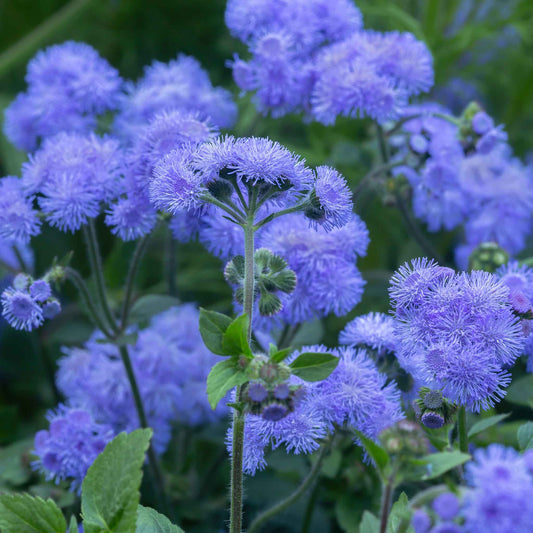
Ageratum Seeds - Dondo Blue
Nearly-blue flowers tolerate the shadiest corners of the gardenAgeratum Seeds - Dondo Blue
Nearly-blue flowers tolerate the shadiest corners of the gardenRegular price As Low As $5.49Regular priceUnit price per -
main-collection-product-grid
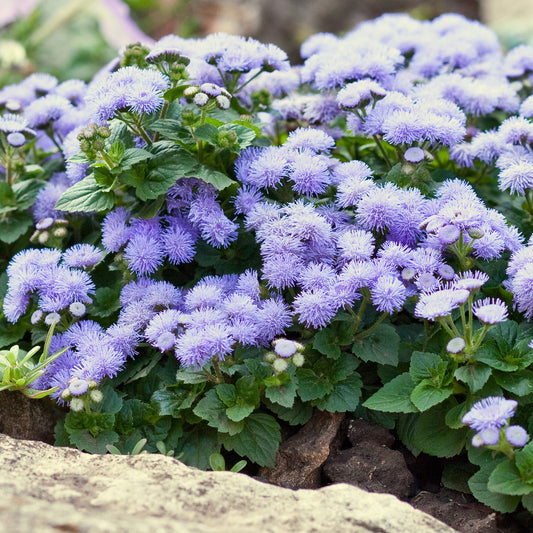
Ageratum Seeds (Dwarf) - Blue Mink
Compact plants perfect for container gardens and bordersAgeratum Seeds (Dwarf) - Blue Mink
Compact plants perfect for container gardens and bordersRegular price As Low As $4.99Regular priceUnit price per -
main-collection-product-grid
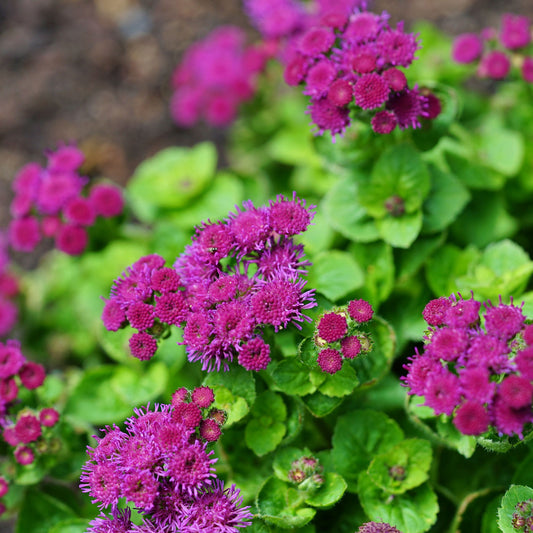
Ageratum Seeds - Red Flint
Butterflies and bees can't get enough of these fluffy magenta bloomsAgeratum Seeds - Red Flint
Butterflies and bees can't get enough of these fluffy magenta bloomsRegular price As Low As $5.99Regular priceUnit price per -
main-collection-product-grid
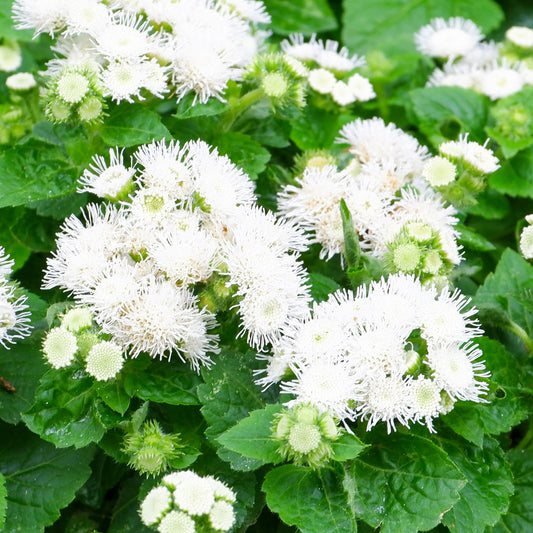
Ageratum Seeds - Dondo White
This half-hardy annual blooms from summer until frostAgeratum Seeds - Dondo White
This half-hardy annual blooms from summer until frostRegular price As Low As $5.49Regular priceUnit price per -
main-collection-product-grid
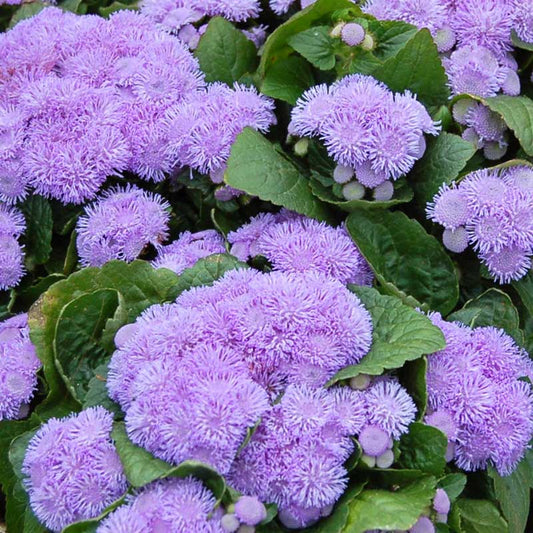
Ageratum Seeds - Aloha Blue
Fast-growing and long-bloomingAgeratum Seeds - Aloha Blue
Fast-growing and long-bloomingRegular price $5.99Regular priceUnit price per -
main-collection-product-grid
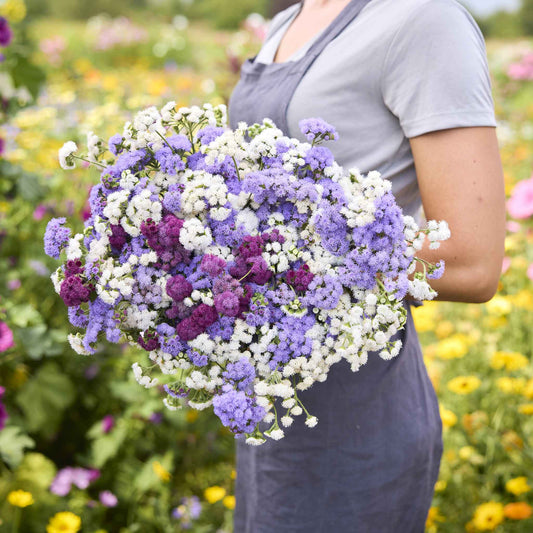
Ageratum Seeds - Tall Cut Flower Mix
Ageratum houstonianumOut of StockAgeratum Seeds - Tall Cut Flower Mix
Ageratum houstonianumRegular price As Low As $5.49Regular priceUnit price per
What we love about growing ageratum
- 6 ageratum seed varieties
- A vigorous and easy to grow annual
- Unusual pom pom-shaped flowers in a variety of shades
- Shade-tolerant in warmer climates
all about ageratum seeds
Ageratum (commonly known as floss flower) is native to North America, South America, and Mexico. It is a genus of about 50 species of annual plants belonging to the Asteraceae family. Flowers will appear in dense clusters that range from short and compact to upright and loose, depending on the variety. There's a variation for every garden!
Frequently cultivated as an ornamental annual, it is easy to create a harmonious blend of dazzling color with these whimsical beauties. Bright blue is a highly coveted color in the gardening world, but ageratum's beauty doesn't stop there. You will also find this flower in purples, reds, pinks, and whites. Beyond their striking flowers, the hairy, serrated leaves and disked flowers add fun texture and point of interest to almost any cut flower arrangement and also make for wonderful dried flowers. To dry ageratum, cut the stems while the bloom is still tight, then hang indoors away from direct sunlight.
ideal conditions for growing ageratum
In warmer climates, ageratum will tolerate some shade, which makes them a favorite choice for an elegant shady border or a container garden. To get a head start on planting, ageratum can be started indoors about eight to ten weeks before the final spring frost, then transplanted outside after the last frost. Alternatively, it can be direct sown into your garden outdoors after all threat of frost has passed in the spring and soil has warmed. Look for a spot in your yard with full sun to partial shade. In especially hot environments, partial shade is prefered. Seeds should be covered lightly, as they will require sunlight to properly germinate. Ageratum will flower less vigorously in especially hot environments, so be sure to find an area in your yard that has good circulation.
Ageratum Plant Care
Deadheading is typically unnecessary as the spent blooms will simply fall off to make way for the new blooms as they emerge! While it is relatively easy to care for, ageratum can still be susceptible to powdery mildew. However, this nuisance can be easily prevented by avoiding watering overhead, and instead watering at the roots. Generally speaking, this delightful plant is flourishing, simple to grow, and low-maintenance. Your planting area will be filled with these quirky blooms so long as you select the appropriate spot and provide it with the water it needs.
For more information on about planting, growing, and caring for ageratum flower seeds, see our Ageratum Seeds Planting Guide.





